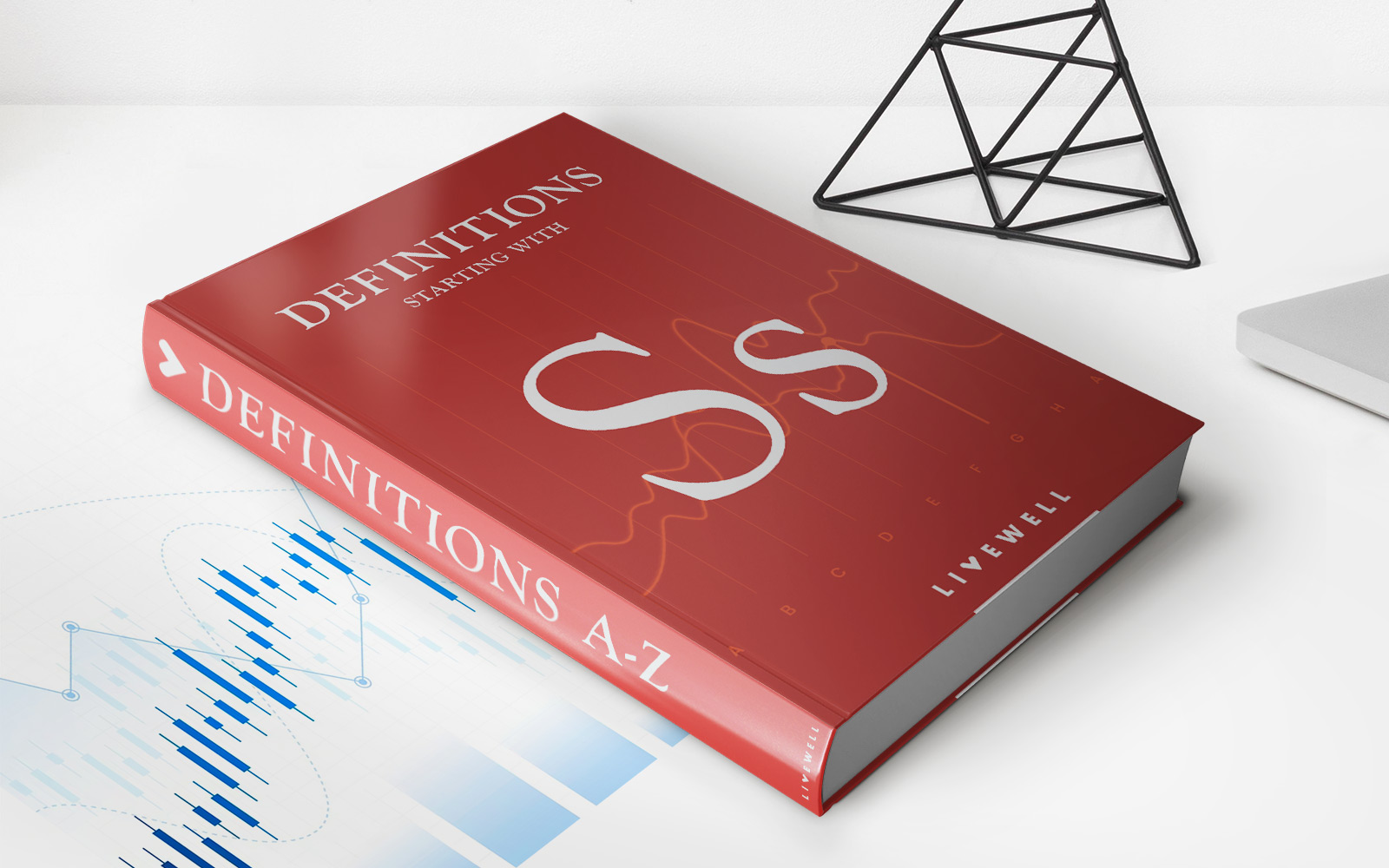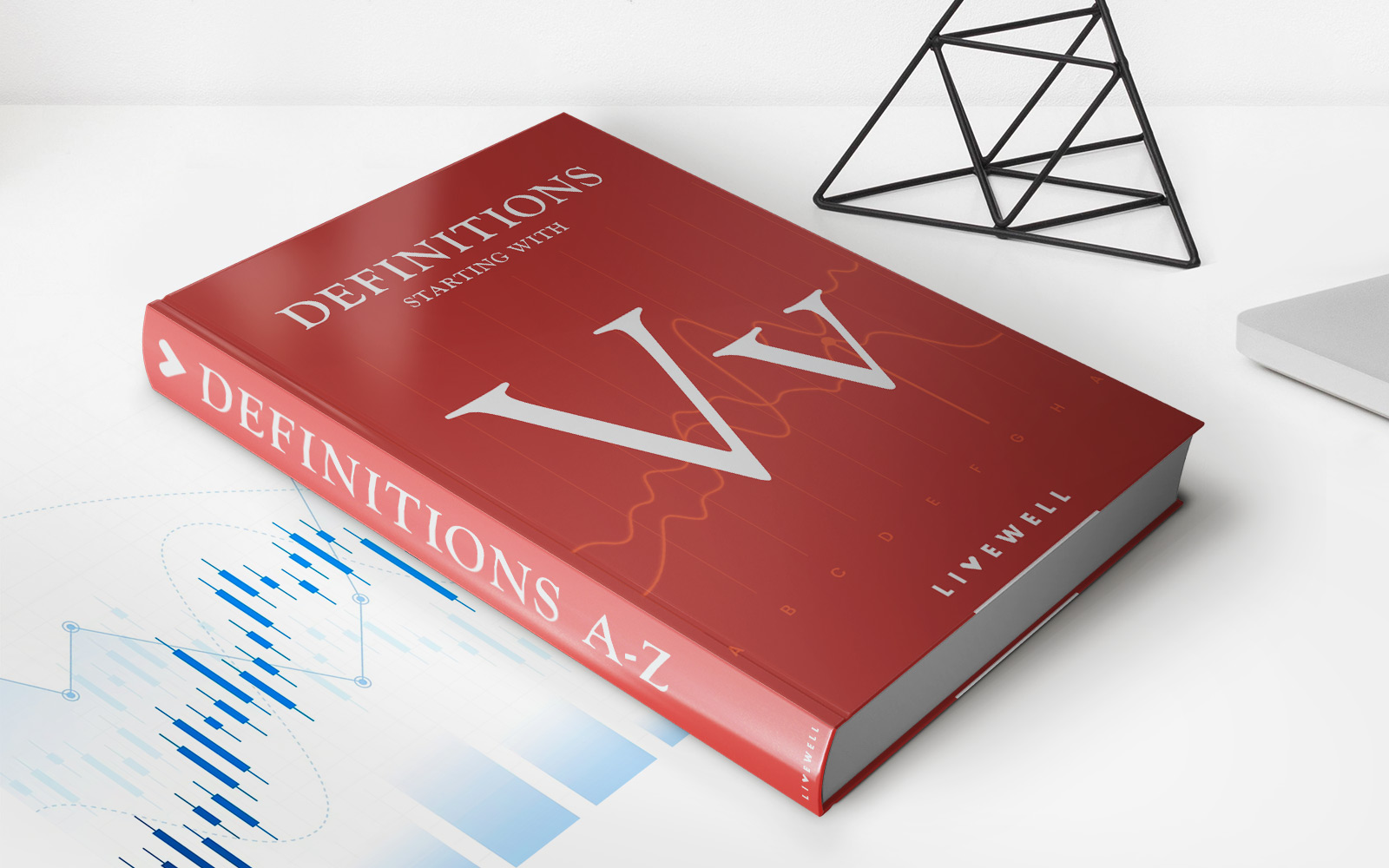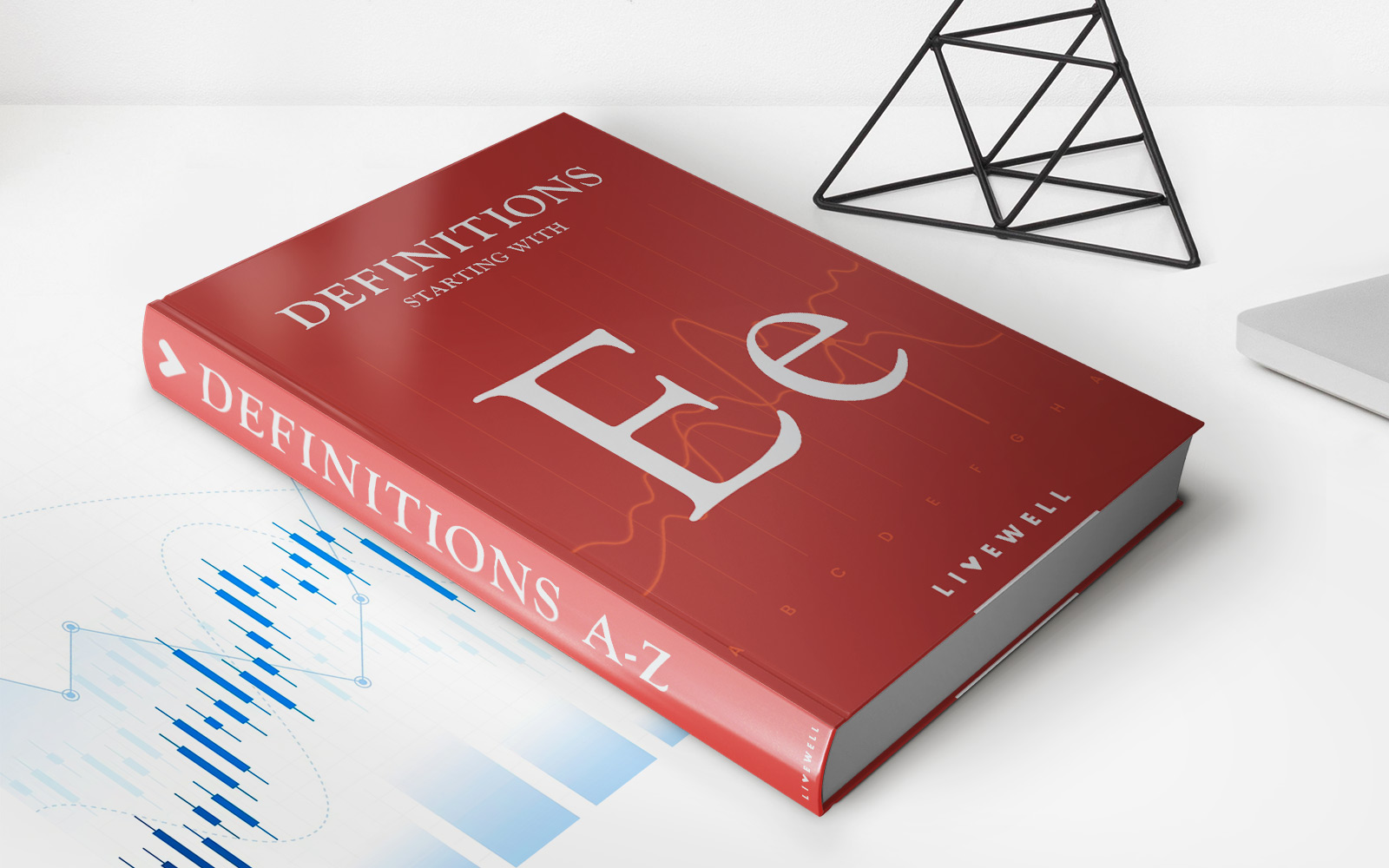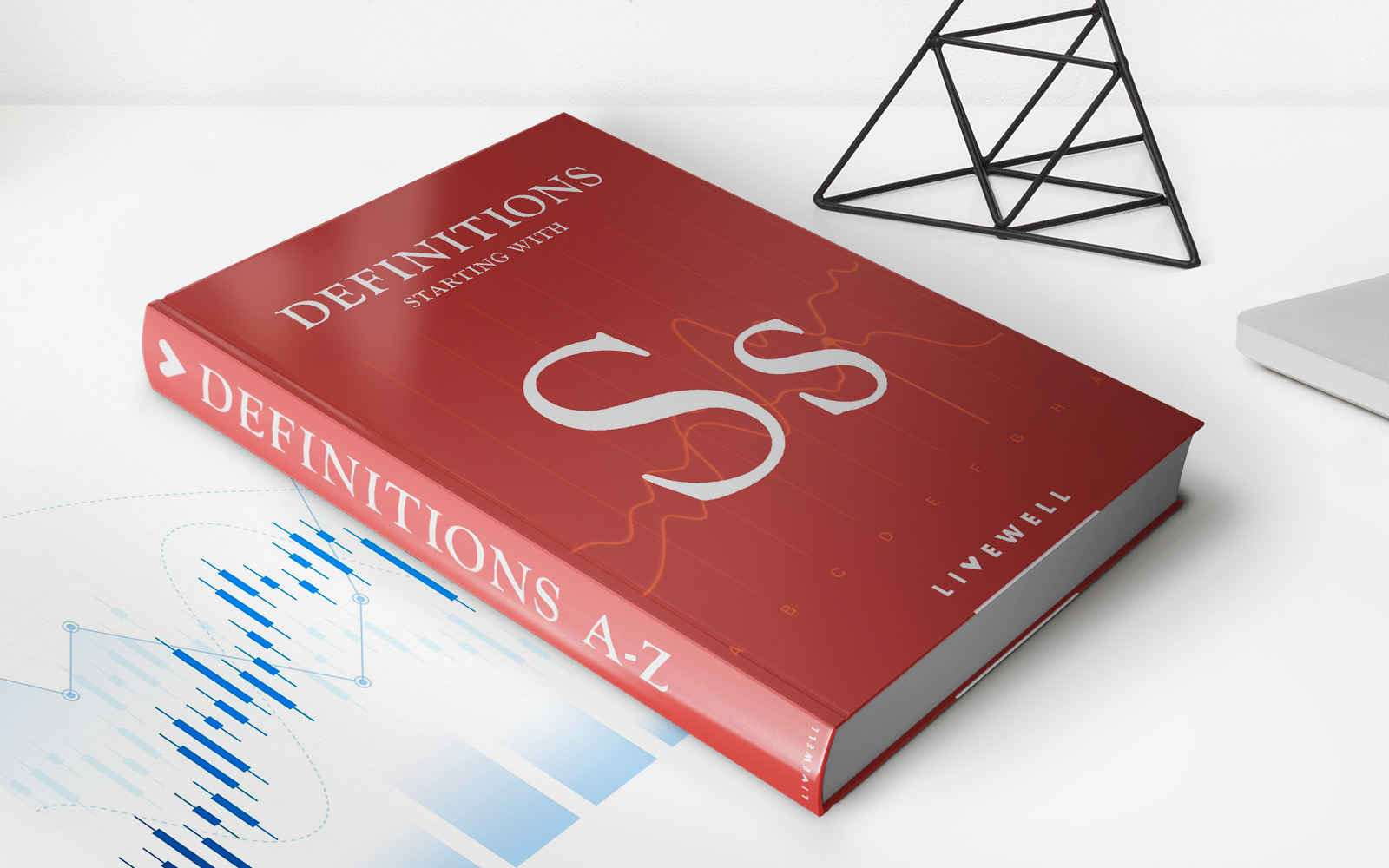

Finance
Stochastic Modeling Definition
Published: February 2, 2024
Learn what stochastic modeling is in finance and how it is used to analyze uncertain variables, make predictions, and manage risk.
(Many of the links in this article redirect to a specific reviewed product. Your purchase of these products through affiliate links helps to generate commission for LiveWell, at no extra cost. Learn more)
Welcome to the Fascinating World of Stochastic Modeling
When it comes to the world of finance, one term that often crops up is “stochastic modeling.” But what exactly is it, and why is it so important in the realm of finance? In this article, we will delve into the intriguing world of stochastic modeling, exploring its definition, significance, and applications.
Key Takeaways:
- Stochastic modeling is a mathematical technique that allows us to analyze and predict random processes in a wide range of fields, including finance.
- It takes into account probability and uncertainty, making it a powerful tool for decision-making in situations where randomness plays a significant role.
At its core, stochastic modeling is a mathematical technique that allows us to understand and predict random processes. This field encompasses a wide range of methods and approaches, from simple models to more complex simulations. By incorporating probabilities and uncertainties, stochastic modeling helps us make informed decisions when faced with unpredictable situations and ever-changing market conditions.
Stochastic modeling plays a crucial role in the world of finance, where uncertainty is a constant companion. This mathematical framework enables financial analysts and investors to assess risk, evaluate investment options, and simulate future scenarios. By considering a range of potential outcomes, stochastic modeling helps finance professionals make well-informed decisions that can mitigate risk and maximize returns.
But it’s not just finance that benefits from stochastic modeling. This powerful technique finds applications in various fields, including physics, engineering, biology, and even computer science. It allows researchers to study complex systems and phenomena that exhibit random behavior by capturing the inherent uncertainty and variability of the processes involved.
Stochastic modeling can take various forms, depending on the complexity of the system being analyzed. It can involve the development of mathematical equations or the implementation of simulations using computer programs. Furthermore, stochastic modeling can provide insights into long-term trends, aid in the optimization of processes, and facilitate better decision-making in an uncertain world.
In conclusion, stochastic modeling is an essential tool for analyzing and predicting random processes with applications ranging from finance to physics and beyond. By embracing uncertainty and factoring in probabilities, this mathematical framework equips us with the tools needed to navigate unpredictable situations. So next time you encounter the term “stochastic modeling,” rest assured that you are stepping into a fascinating world where probability and uncertainty converge to reveal hidden insights.














